Conveyor belt
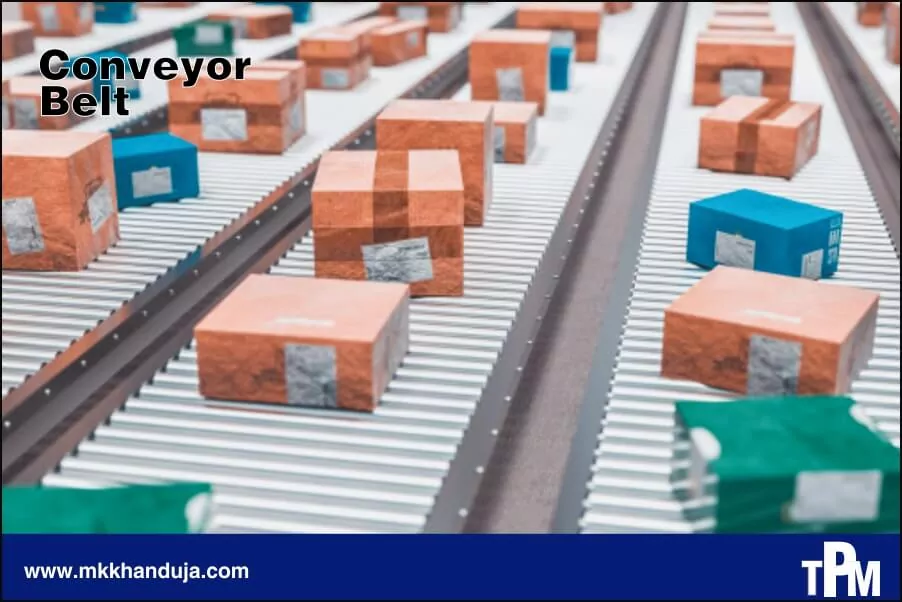
• Suitable for inspection and preparation of fruits and vegetables like mangoes, tomatoes, guavas etc.
• It consists of a food quality conveyor belt which is divided lengthwise into three parallel lanes.
• Worker standing on either side of the conveyor manually pick and dress the fruits and deposit the prepared fruits on to the central lane, from where they are conveyed to the discharge chute.
• Aluminium / Stainless steel side guides prevent the product from going sideways.
Working principle of conveyor belt
The conveyor belt system is a combination of belt and roller/pulley. The driver pulley is connected with a motor and rotates when the Driven pulley motor rotates.The second roller used is known as driven roller which rotates due to friction between the belt and roller. The driven roller is also known as the
tension roller which is movable which can be moved forward or backward that controls the tension of belt and limit the slip.
Belt over layer
The belt consists of two or more material depending upon the application
An under layer
To provide linear strength and shape called a carcass. The material may be polyester, nylon and cotton.
An over layer:
Is also known a which comes in can be food, As this is the surface contact with product that appliances so choice for the important role.
Idler
To provide the tension to the belt and to limit the slip idler is often used in conveyor system. It is generally used for long conveyors
Drums or pulleys
Drums are a kind of rollers that, due to the friction (transmission of the band) or due to the sprockets (chain transmission), cause the movement of the belt.
On a very general level, we can say that the movement is generated by the drive drum to which the motor will be connected.
Motor
Motor is the part which drive the pulley selection of motor depends upon the weight of product which need to be carry, weight of belt or the length of belt and other factors like friction etc. The most commonly used motor is BLDC motor due to its high starting torque and ease of controlling speed.
Belt design
Designing of belt depend upon the various factors like size of item being moved, Weight of items, Properties of item, length needed to be covered, if inclination required or not and many others. While choosing the belt these points need to be considered:
• Belt length
• Belt speed
• Horsepower to drive belt
• Effective tension
• Max weight limit
Belt length
When pulleys are approximately the same size
L=(D+d)/2 x 3.1416 +2C
When one pulley is much larger than other(at
least 3 times larger)
L= (D+d)/2 x 3.1416 +2C +((Dd) 2)/4C
C Centre to centre distance (inches)
D Diameter drive pulley (inches)
L Belt length (inches)
d Diameter tail pulley (inches)
Belt speed
S = D X RPM X 2618 X 1.021 (feet/min)
RPM Revolutions per minute
D Diameter drive pulley (inches)
Effective tension
Effective tension is the pulling force required to
move belt and load horizontally.
E = F x (P+M)
F Coefficient of friction
M Belt weight (lbs.)
P Product weight (lbs.)
Max weight limit
It is define as a max weight of product allowed on
belt at any time.
When load is known per square foot:
P = G1 x C (in feet) x W (in feet)
When Load is known by lbs. per hour:
P= G2 / (S X 60(minutes)) x C (feet)
P Product weight (lbs.)
G1 Load per sq. Or cu. Ft. (lbs.)
G2 Load per hour (lbs.)
C Centre to centre distance (inches)
W Belt Width (inches)
Advantages of belt conveyor
• Can be used for any type of material by just changing the material of belt.
• Higher capacity can be handled than any other form of conveyor at a considerably lower cost per tonne kilometre.
• Longer distance can be covered more economically.
• It can be horizontal, incline, decline or combination of all.
Disadvantages of belt conveyor
• Belt needs higher initial tension
• Slip might be the problem for aged conveyor belt system.
• Higher elongation of the belt
• Continuous or periodic monitoring of belt is necessary
• Not suitable for sticky products
Maintenance of belt conveyor
Regular check-ups are necessary as they are the heart of system if any mishap happened it will stop the whole production line:
• Make sure you have full set of spares on site that are critical to keep the system running.
Don’t allow your system to seize these conveyors that are made for continuous running. Long period stagnation may result in large maintenance.
• Keep your system clean dust and foreign material are the biggest enemy of conveyor system and may increase the maintenance period.
• Loose bearings and dry parts will decrease the efficiency of the system and could cause serious issues in future.
• Check your pulley alignment every day before start and end of work. Uneven alignment may cause unusual stretching and may cause wear in the belt.

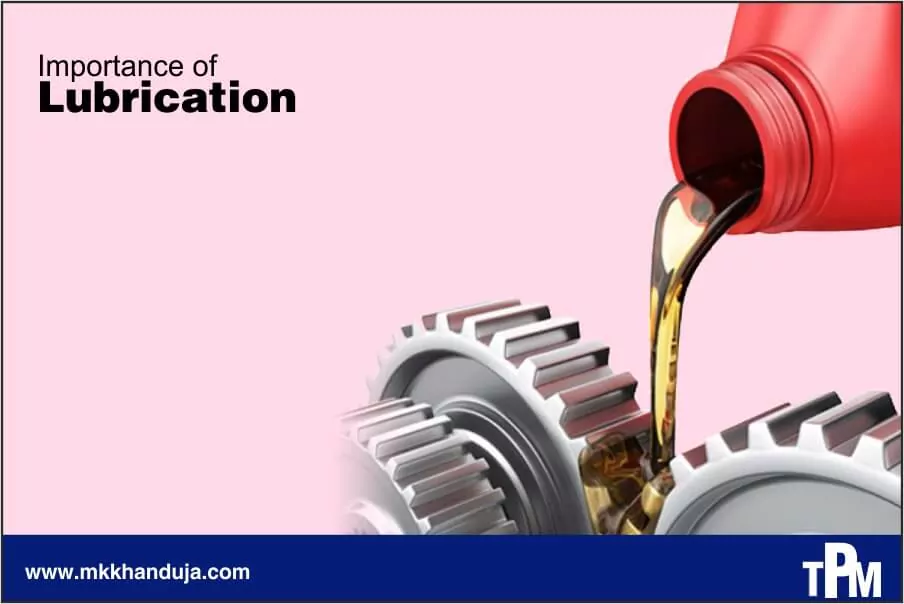
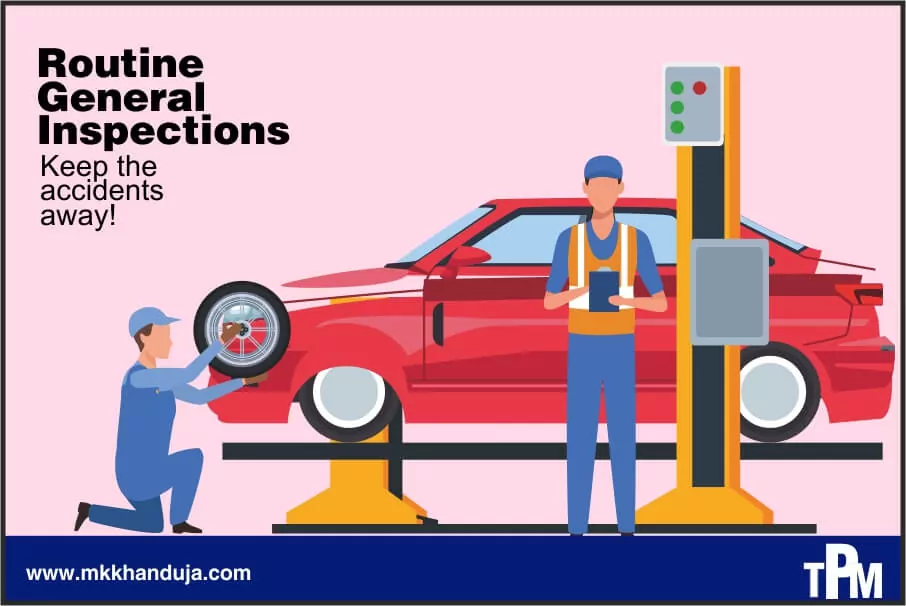
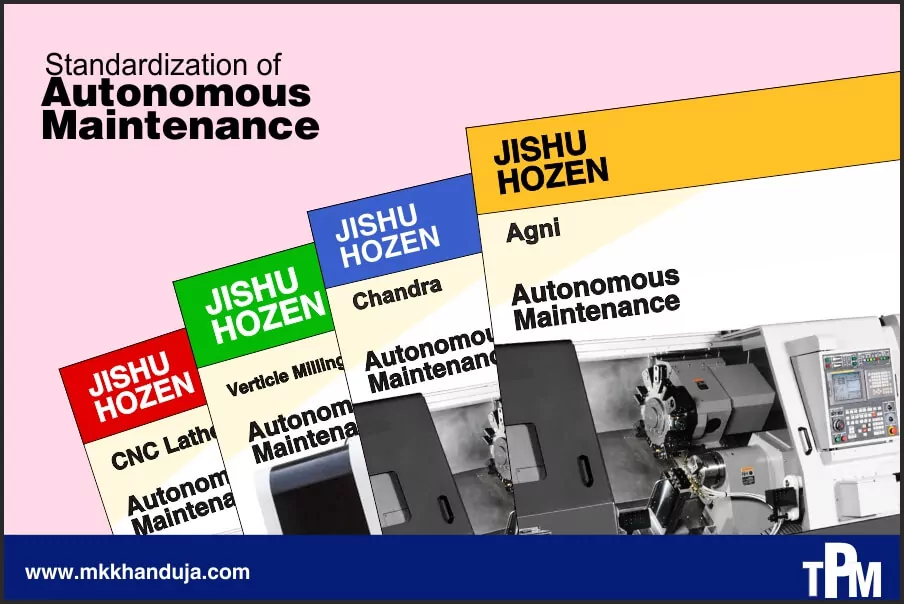
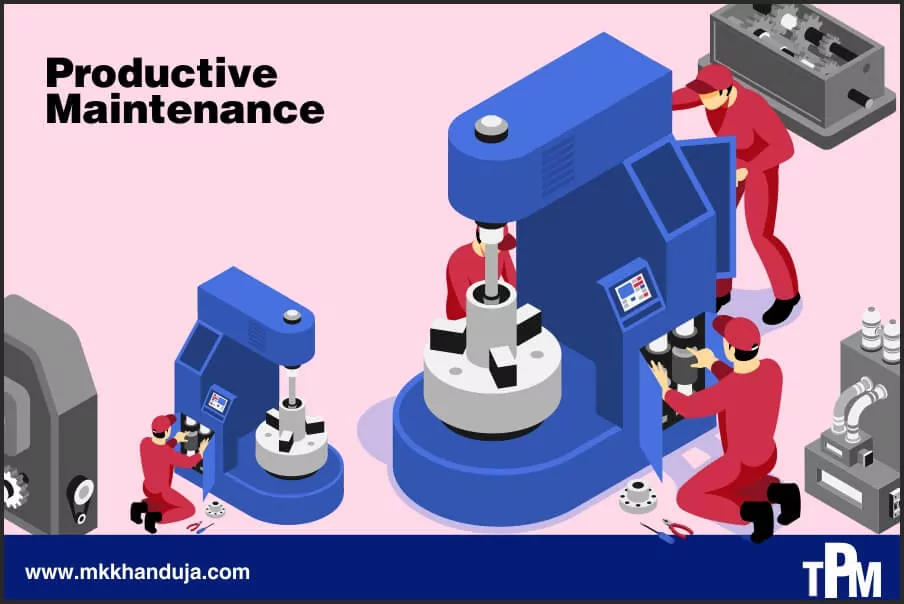
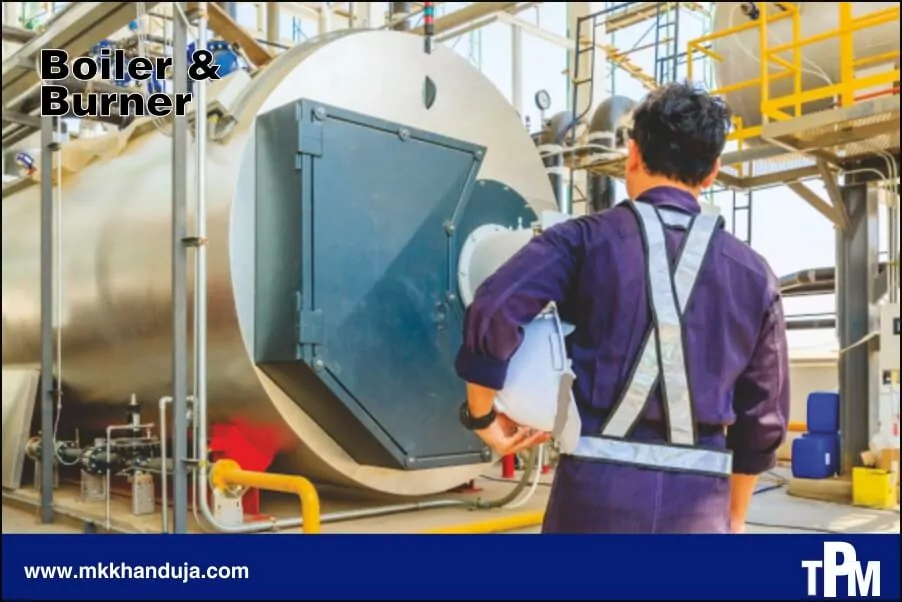
Comments